 Luray Caverns, originally called Luray Cave, is a large, celebrated commercial cave just west of Luray, Virginia. It was discovered in 1878. The underground cavern system is generously adorned with columns, mud flows, stalactites, stalagmites, flowstone, mirrored pools, and more. The caverns are perhaps best known for the Great Stalacpipe Organ, a lithophone made from solenoid fired strikers that tap stalactites of various sizes to produce tones similar to those of xylophones, tuning forks, or bells. (see brochure photo at bottom of this page). Luray Caverns, originally called Luray Cave, is a large, celebrated commercial cave just west of Luray, Virginia. It was discovered in 1878. The underground cavern system is generously adorned with columns, mud flows, stalactites, stalagmites, flowstone, mirrored pools, and more. The caverns are perhaps best known for the Great Stalacpipe Organ, a lithophone made from solenoid fired strikers that tap stalactites of various sizes to produce tones similar to those of xylophones, tuning forks, or bells. (see brochure photo at bottom of this page).
|
The cavern is yellow, brown or red because of water, chemicals and minerals. The new stalactites growing from the old and made of hard carbonates that had already once been used, and they are usually white as snow though often they may be pink or amber-colored. The Empress Column is a stalagmite 35-feet high, rose-colored, and elaborately draped. The Double Column, named from Professors Henry and Baird, is made of two fluted pillars side by side; one is 25-feet high and the other is 60-feet high, a mass of snowy alabaster. Several stalactites in Giant's Hall exceed 5-feet in length. Pluto's Ghost, a pillar, is a ghostly white.
The cascades are formations like foaming cataracts caught in mid-air and transformed into milk-white or amber alabaster. Brands Cascade, a particularly fine one, is 40-feet high and 30-feet wide, and is a wax-like white. |
above quote from From Wikipedia, the free encyclopedia
|
|
|
|
|
|
|
|
|
|
|
|
|
|
There is a spring of water called Dream Lake that has an almost mirror like appearance. Stalactites are reflected in the water making them appear to be stalagmites. This illusion is often so convincing that people are unable to see the real bottom. It looks quite deep, as the stalactites are high above the water, but at its deepest point the water is only around 20?inches deep. The lake is connected to a spring that continues deeper into the caverns. |
|
|
|
|
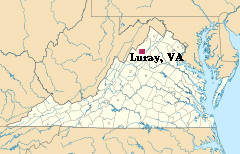


 Luray Caverns, originally called Luray Cave, is a large, celebrated commercial cave just west of Luray, Virginia. It was discovered in 1878. The underground cavern system is generously adorned with columns, mud flows, stalactites, stalagmites, flowstone, mirrored pools, and more. The caverns are perhaps best known for the Great Stalacpipe Organ, a lithophone made from solenoid fired strikers that tap stalactites of various sizes to produce tones similar to those of xylophones, tuning forks, or bells. (see brochure photo at bottom of this page).
Luray Caverns, originally called Luray Cave, is a large, celebrated commercial cave just west of Luray, Virginia. It was discovered in 1878. The underground cavern system is generously adorned with columns, mud flows, stalactites, stalagmites, flowstone, mirrored pools, and more. The caverns are perhaps best known for the Great Stalacpipe Organ, a lithophone made from solenoid fired strikers that tap stalactites of various sizes to produce tones similar to those of xylophones, tuning forks, or bells. (see brochure photo at bottom of this page).


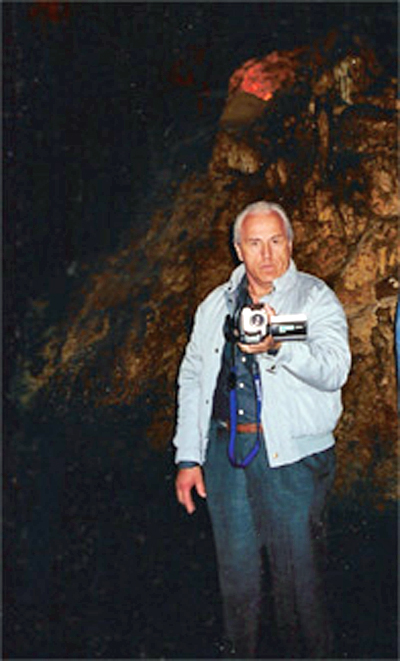
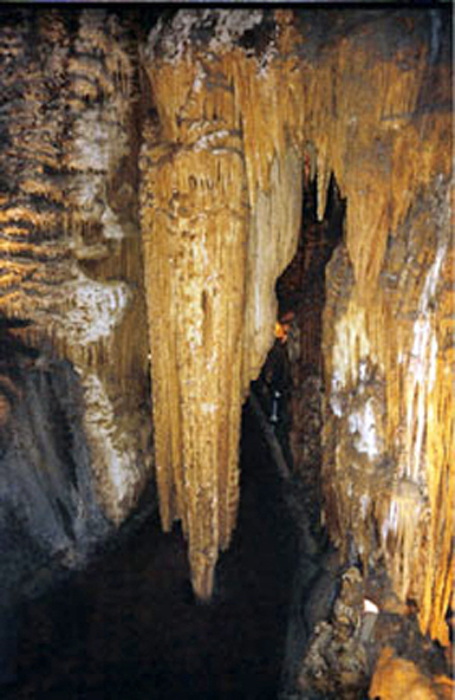
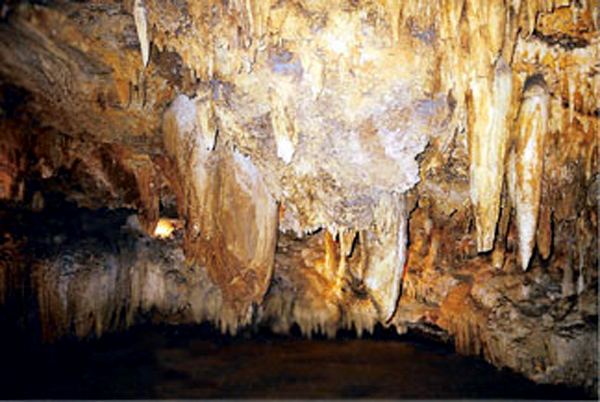
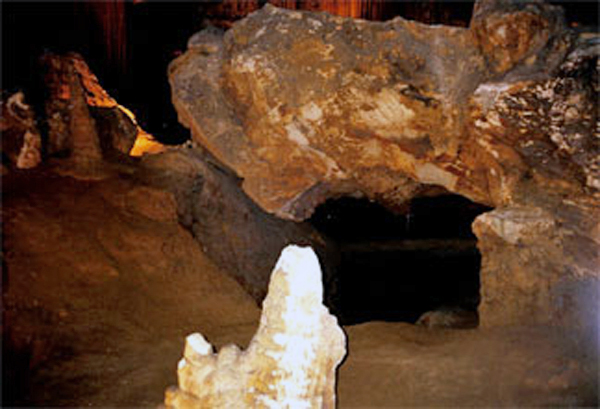
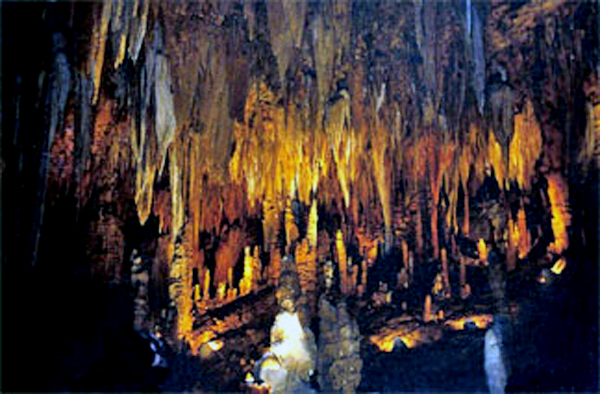
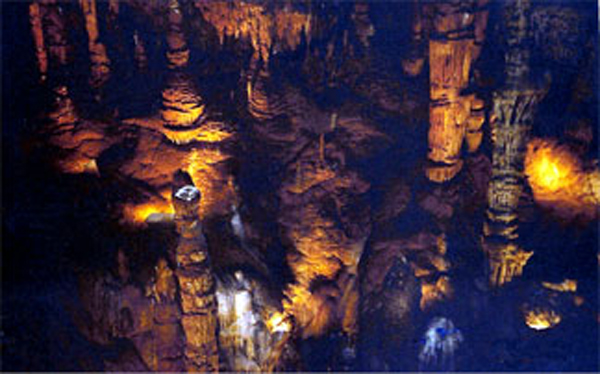

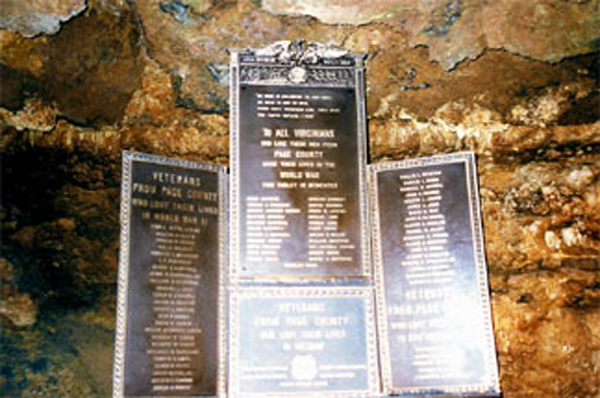
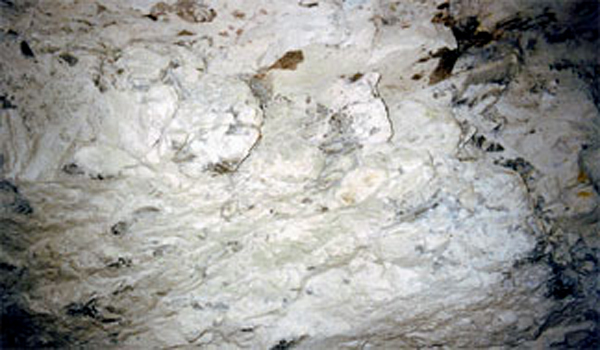










 AFTER
you have viewed all seventeen (17) sections above, please continue on
to the adventures of the two RV Gypsies in
AFTER
you have viewed all seventeen (17) sections above, please continue on
to the adventures of the two RV Gypsies in 























